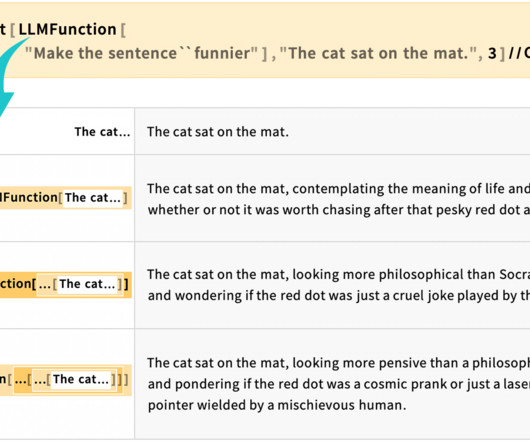Social science for social change: the story of marriage equality in the US
Futurum
MAY 11, 2023
Social science for social change: the story of marriage equality in the US Published: For centuries, gay people have suffered discrimination, prejudice and persecution. However, since the 1990s, public attitudes towards gay rights in the US have undergone a monumental shift.












Let's personalize your content